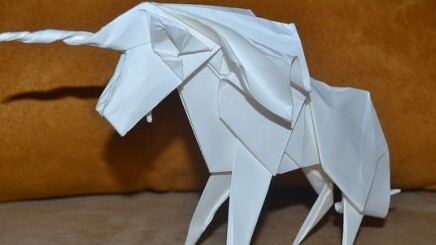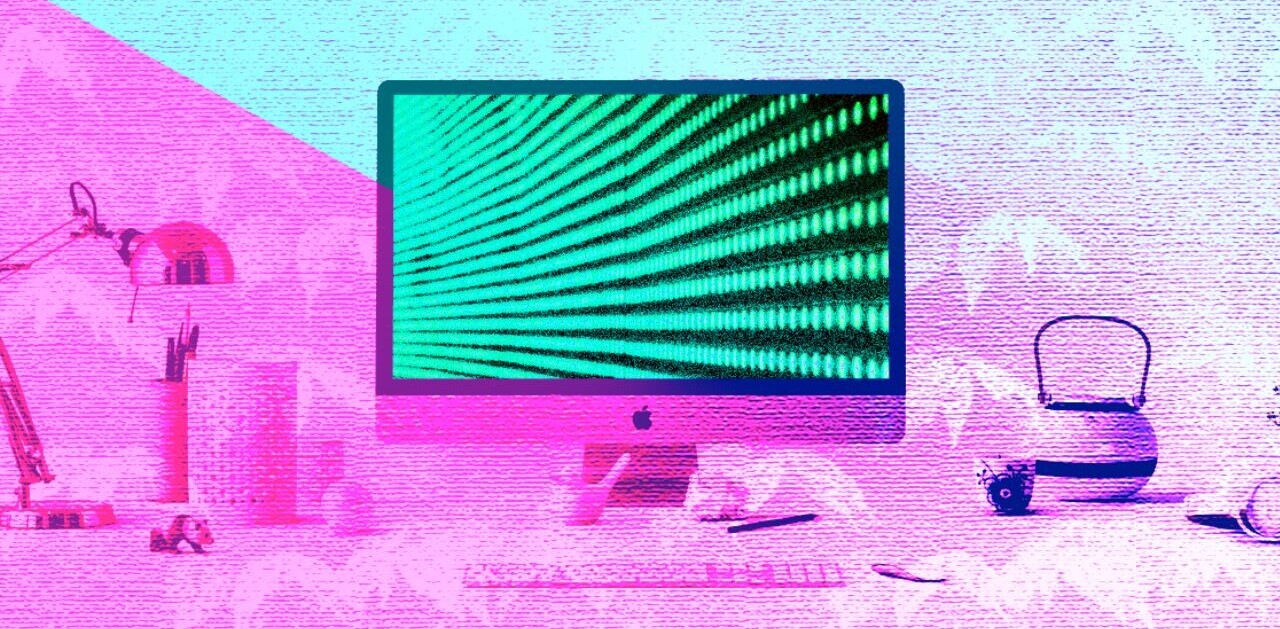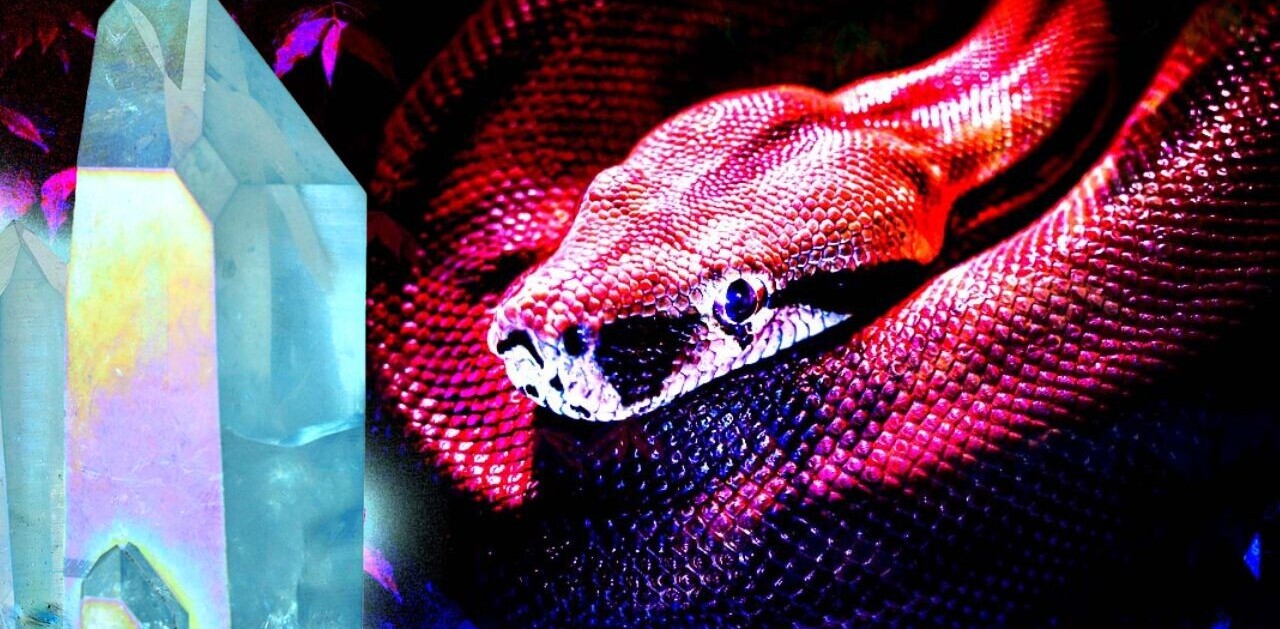
Maybe it was Apple’s emphasis on design, and its direct impact on the iPhone and iPad’s success. Maybe it was the success of design-heavy startups like Airbnb and Hipmunk. Or maybe, as startups mature technologically, people are realizing that design can become a valuable differentiator. In any case, during the past couple years it seems like the tech world has gradually come to realize the importance of design.
As a sign of this trend, there’s even a fund that exclusively backs startups founded by designers. The result is that design skills are in demand now more than ever, and that it’s becoming harder and harder for tech companies to hire good designers, especially in the Bay Area. It took WePay Founder Rich Aberman 7 months to find its first designer, and 2 months to find the next one.
The rest of the world is starting to feel the crunch too. Even startups backed by HackFwd (one of Europe’s leading incubators) are finding it problematic to hire designers: “It’s definitely difficult in Europe. When it comes to designers, great ones are very difficult to find. And even if you can find them, they’re very tough to hire, because they can do better freelancing” says HackFwd “Talent Geek” David Bizer.
So if you’re looking to hire a designer, how do you solve this problem? Well, there’s no silver bullet, but here are a couple strategies that might help.
To discover a designer, you’ve got to think like one
The fact that so many tech startups are founded by coders is a disadvantage when it comes to hiring a designer. After all, if you’re not a designer yourself, you won’t know where to look to find one, and even if you do find someone you might not know how to judge them.

“[Finding a designer] has been hard, mostly because there’s not a clean way to evaluate whether a designer is ‘good’ or ‘bad’ for you” says Interviewstreet co-founder, Vivek Ravisankar. He’s been looking for 3 months now, and has tried numerous avenues such as the 37Signals job board or posting on Hacker News, but has yet to find a good fit.
What might help is getting more familiar with design itself. Hang out on design communities like Dribble or Behance, or read Smashing Magazine. Learn about the important figures in the design world, and what the trending topics are. Not only will you create connections with designers, but you will also develop your own design sense, which will come in handy when it’s time to evaluate a candidate.
Stop hunting unicorns
According to Braden Kowitz, a unicorn is “a magical designer that can solve all [of a company’s] problems”.
If you’re looking for a designer who can come up with your identity, design your site, create UIs with great user experience for your web and mobile apps, and on top of that code his or her work in HTML/CSS (and why not throw in Javascript in the mix!), then I’m sorry to inform you that you’re hunting unicorns.
Unlike their mythical namesakes, unicorn designers do exist, but they were already in very short supply to begin with. The recent design boom means that your chances of hiring one of them are vanishingly small. Plus, if someone actually has all these skills they’re probably already busy building projects of their own.
So instead of looking for a unicorn, think about hiring a web designer who will focus on design, and a front-end engineer who will focus on code. Like WePay’s Aberman states, “When looking for a designer, you can’t have it all. You need to prioritize visual design, product design, front-end development, etc.”
If your budget doesn’t let you hire both, another option is to hire a horse and let them grow a horn on the job: find a good visual designer who’s also willing to learn front-end coding, or a great front-end enginner who wants to get better at design.
Not all ninjas can be superstars
A related pitfall is insisting on hiring the absolute best designers. If your startup is only a couple months old, what makes you think an established designer will put their freelancing or agency career on hold to join you on your wild adventure?
Even if you’ve got enough funding to pay an above-market salary, you’re still asking someone to commit a big chunk of their time and effort to your project. The more successful a designer is, the more options they’ll have. So it makes sense that it’ll be harder to lure them away from whatever they’re doing.
By all means, hire ninjas and superstars if you can, but if a younger designer with less experience comes along and he’s passionate about joining your cause, don’t make the mistake of overlooking him.
Expand your horizons
The design gold-rush may be a global phenomenon, but like the startup scene, it’s still centered in the U.S. This means one of the simplest ways of raising the chances of finding great designers is to broaden your search and start hiring non-US citizens.
But simple doesn’t always mean easy. Thanks to the US visa policy, bringing in a foreigner can be maddeningly difficult.
Belgian designer Tim Van Damme knows something about it. As the former Gowalla designer (now working at Instagram) tells it, “The whole visa process took almost a whole year. The reason it took so long was that I don’t have a diploma or a lot of work experience, so we had to apply for a fancy O-1 visa.”
And even after you’ve cleared the visa hurdle, the move itself can be a big deal: “After the visa got approved it took another 3 months to arrange the move. The biggest obstacle was probably settling in into our new life. So many things to take care of: health insurance, mobile phones, renter’s insurance…”.
Still, it might all be worth the effort if it means you get to work with world-class talent like Van Damme. And there’s no reason why you can’t start working with the designer remotely until the move is complete, bringing them in every couple months for a face-to-face work session.
Consider freelancers
I think for many startups, hiring a freelance designer is a perfectly valid option for a couple reasons (Disclaimer: my own startup, Folyo, helps startups find freelance designers).

SpanishDict CEO Chris Cummings recently hired Kyee, a freelance designer from the UK. “We posted a job for a full time position, but it was hard to find high quality candidates. All other things being equal, for a full time position, we also would prefer to have something with technical experience too, which is even more difficult to find,” explains Cummings.
So rather than sit around waiting for the perfect candidate, Cummings decided to go the freelance route. Of course, working with a freelancer is not without its downsides. “The back and forth of discussing a design can be more challenging when you are remote. It’s possible to screenshare and Skype, but it’s not quite the same as being in the same room together”, says Cummings.
But when the alternative is not hiring anyone, working with a freelancer makes sense, even with its limitations.
Conclusion
The first step for startups looking to solve their design hire problem is to realize that there is a problem. The reality is, traditional processes aren’t always going to work. As HackFwd’s Bizer says, “if anyone is really serious about getting the best designer, there is no other way to do that without serious and in-person networking within the communities where these designers exist.”
What I’ve found though, is that by at least trying different strategies, looking for alternatives and being willing to compromise on some points, you’ll certainly increase your chances of actually finding the right designer.
Get the TNW newsletter
Get the most important tech news in your inbox each week.




